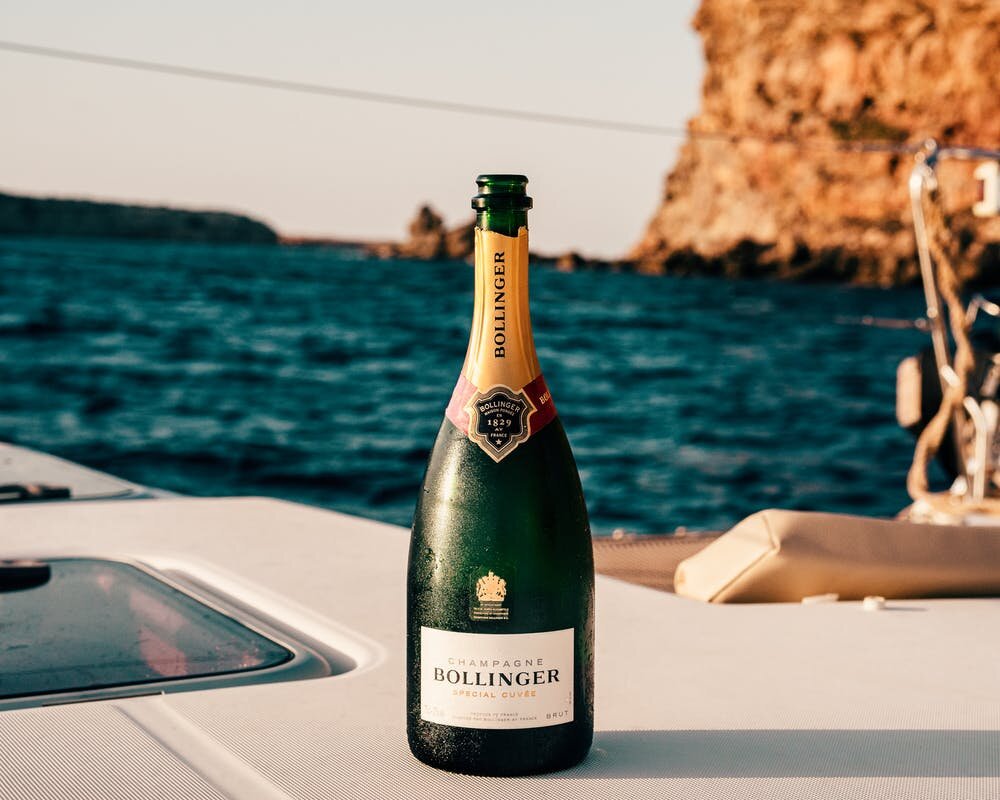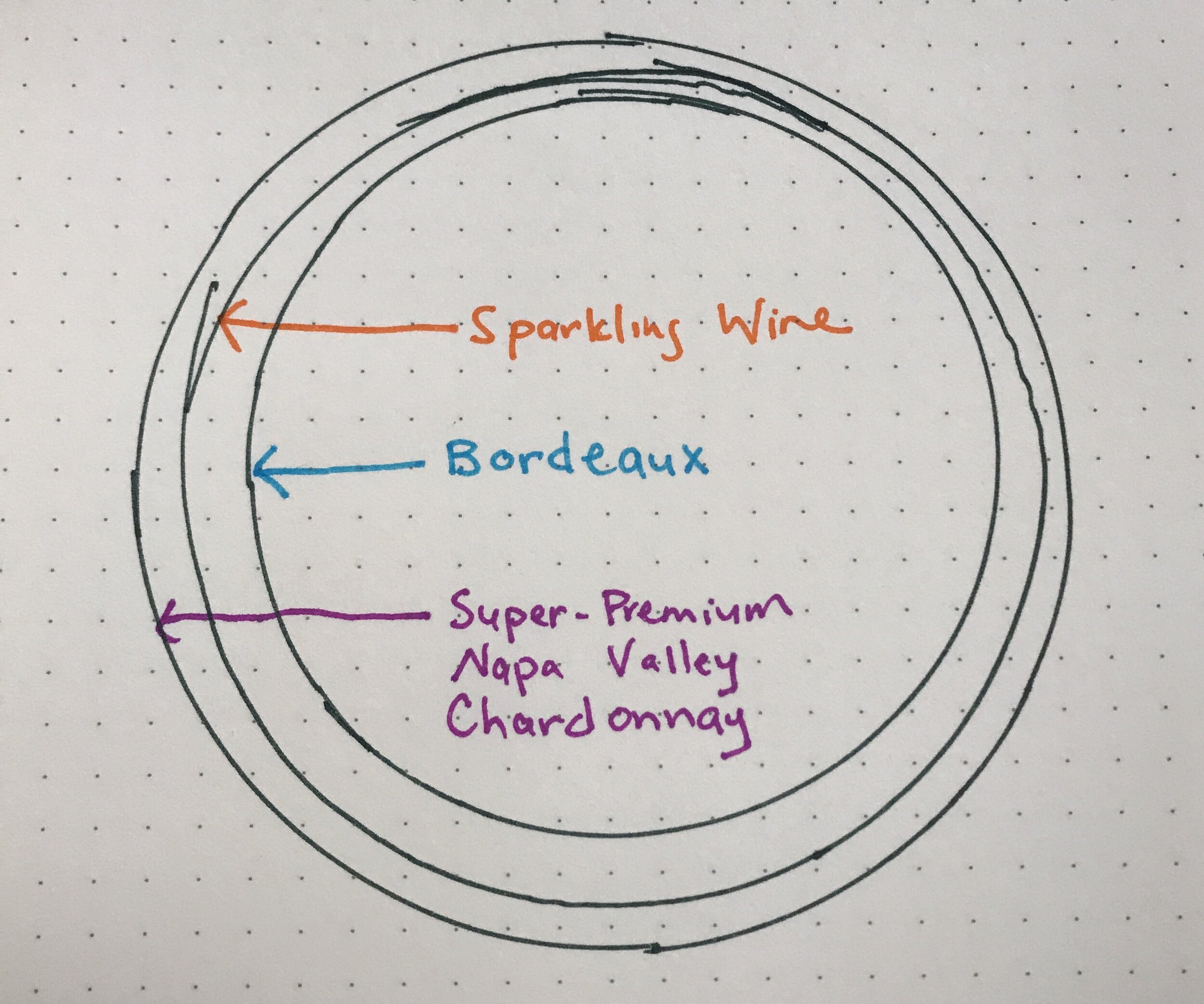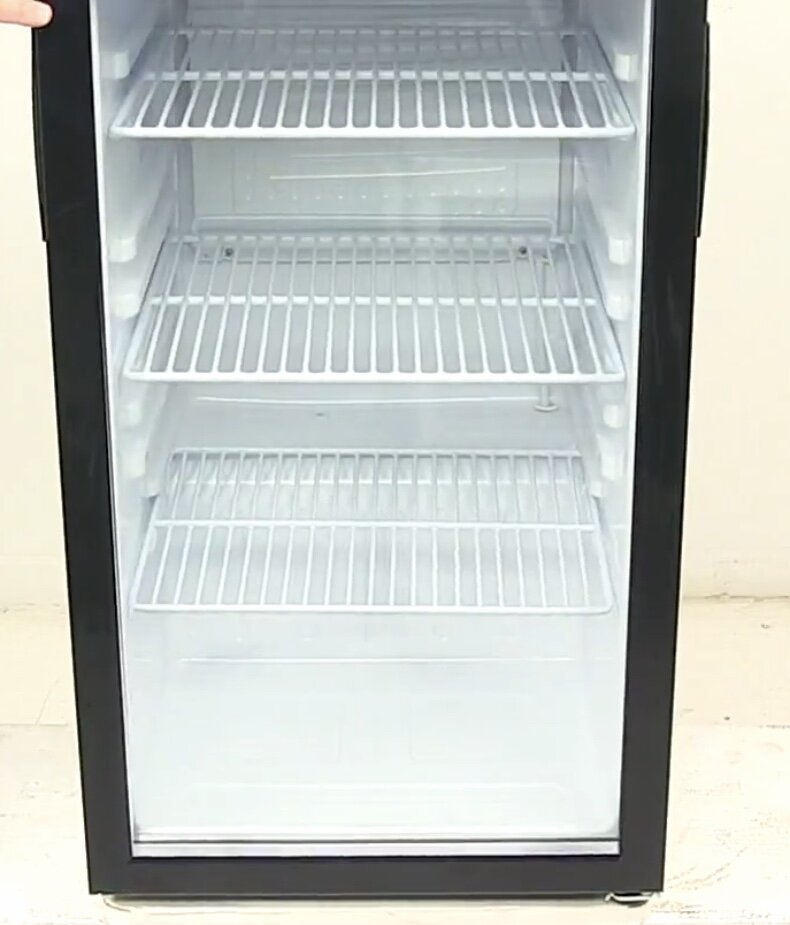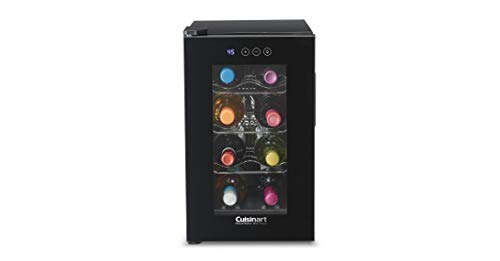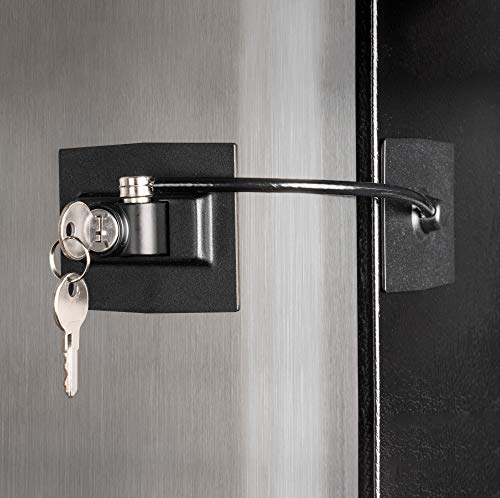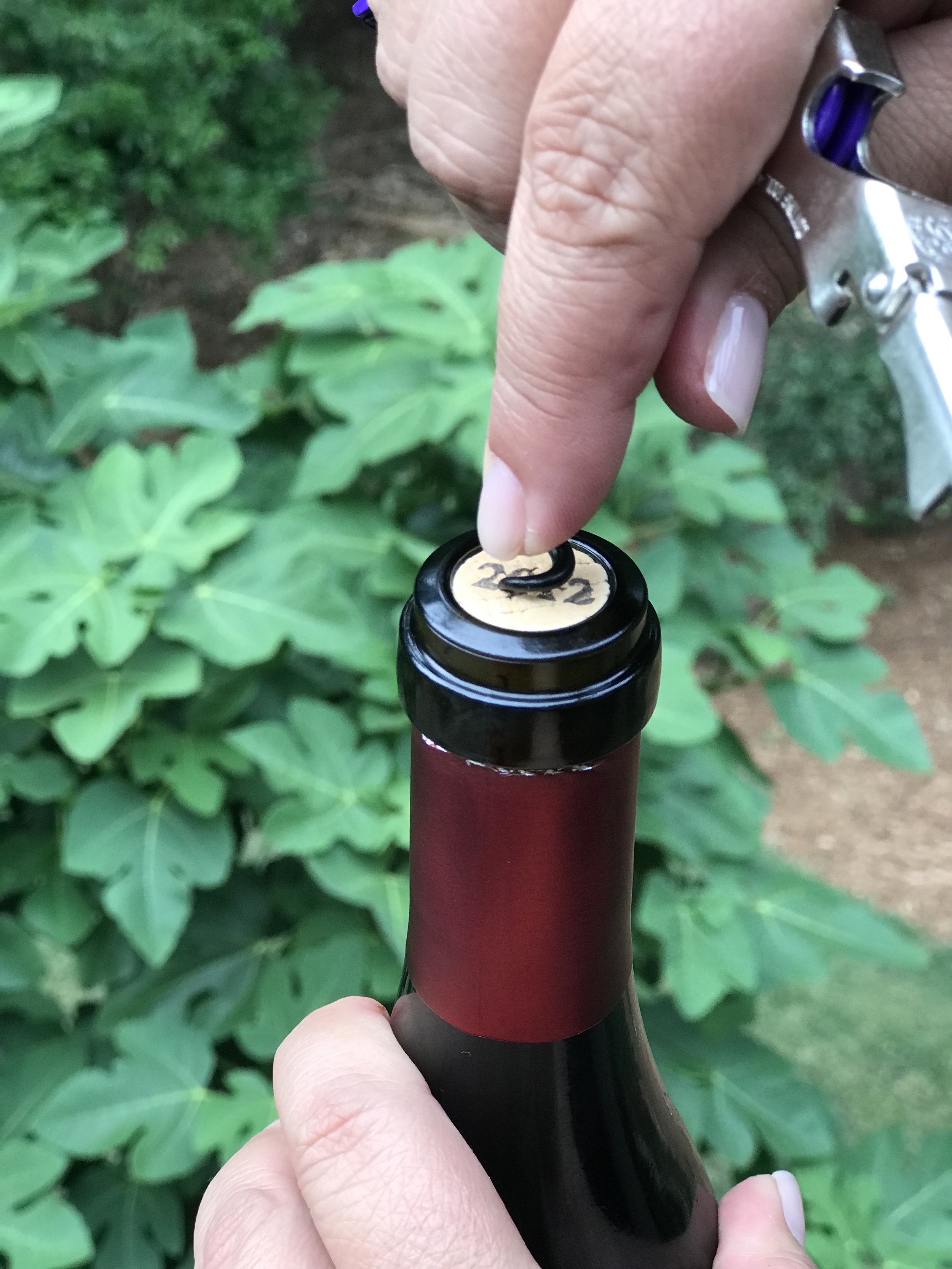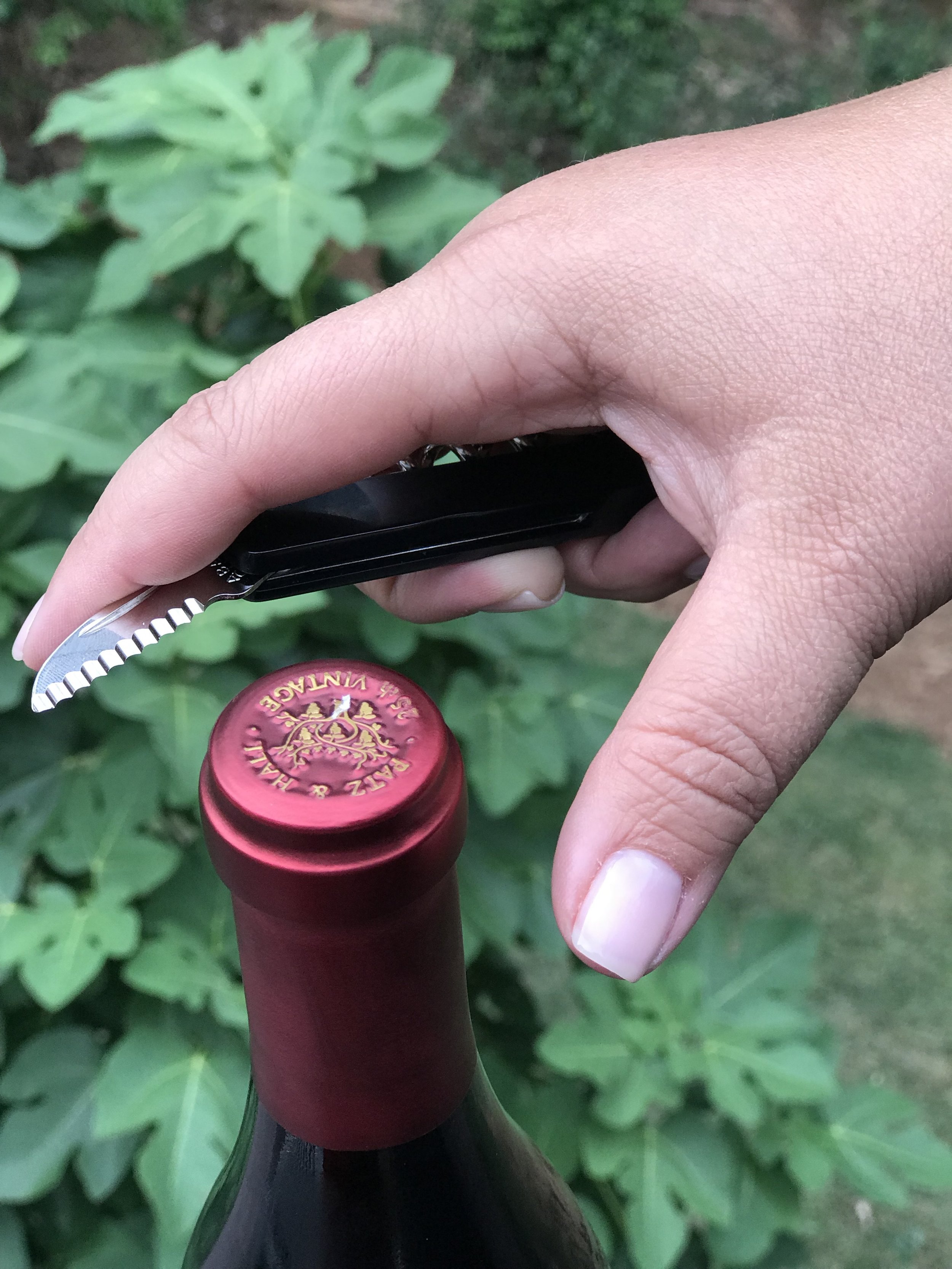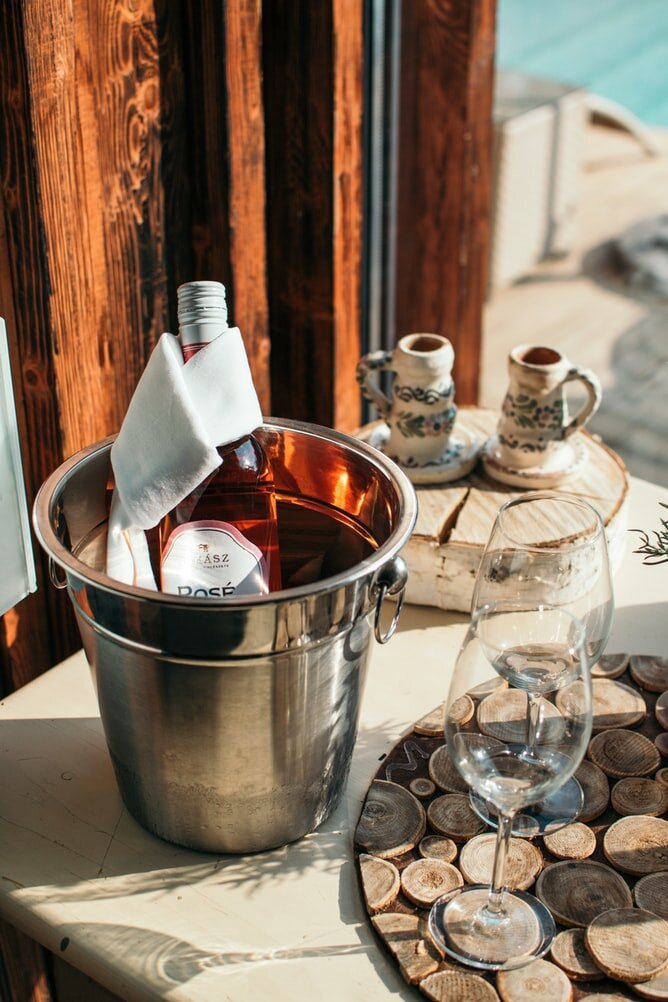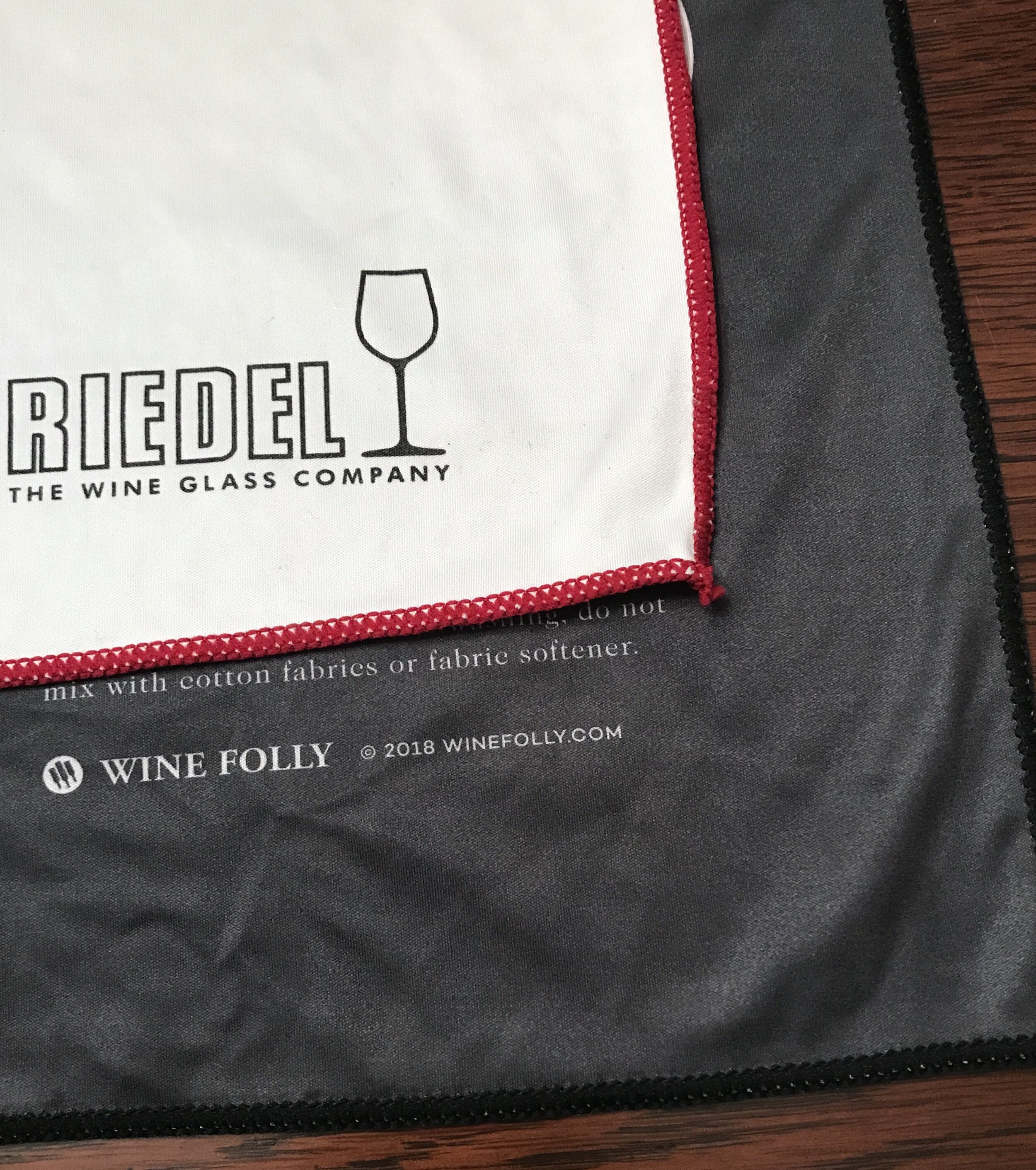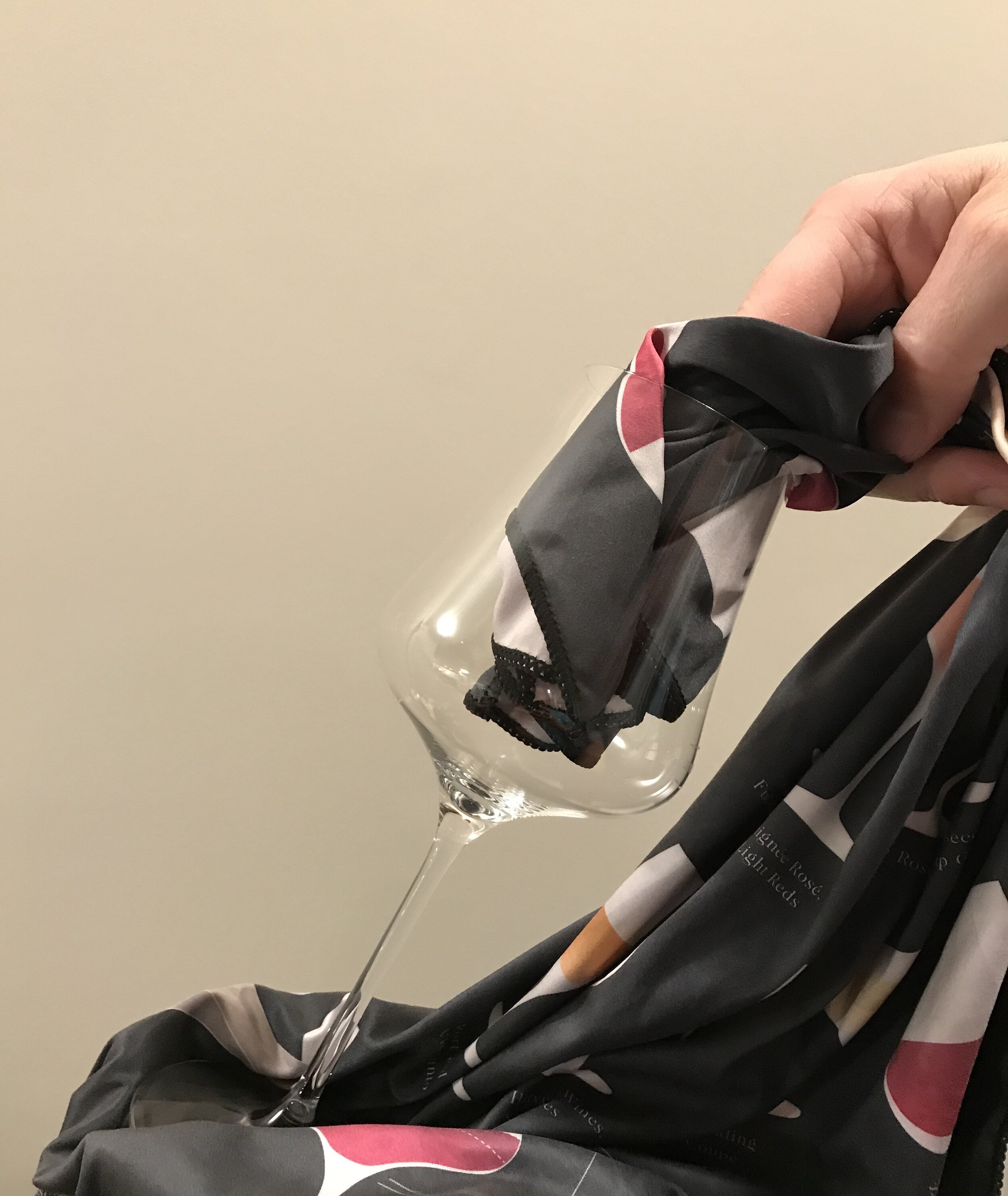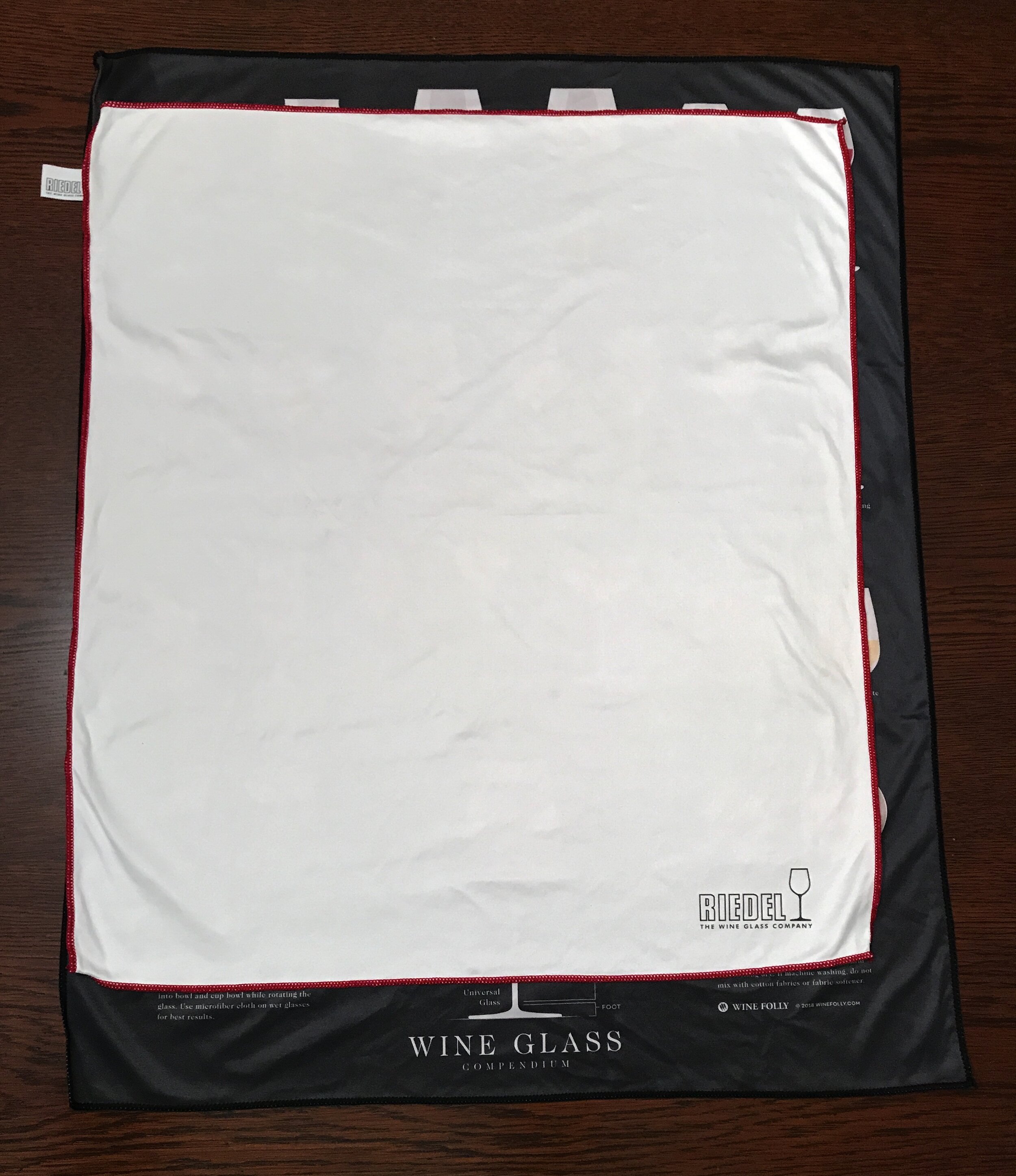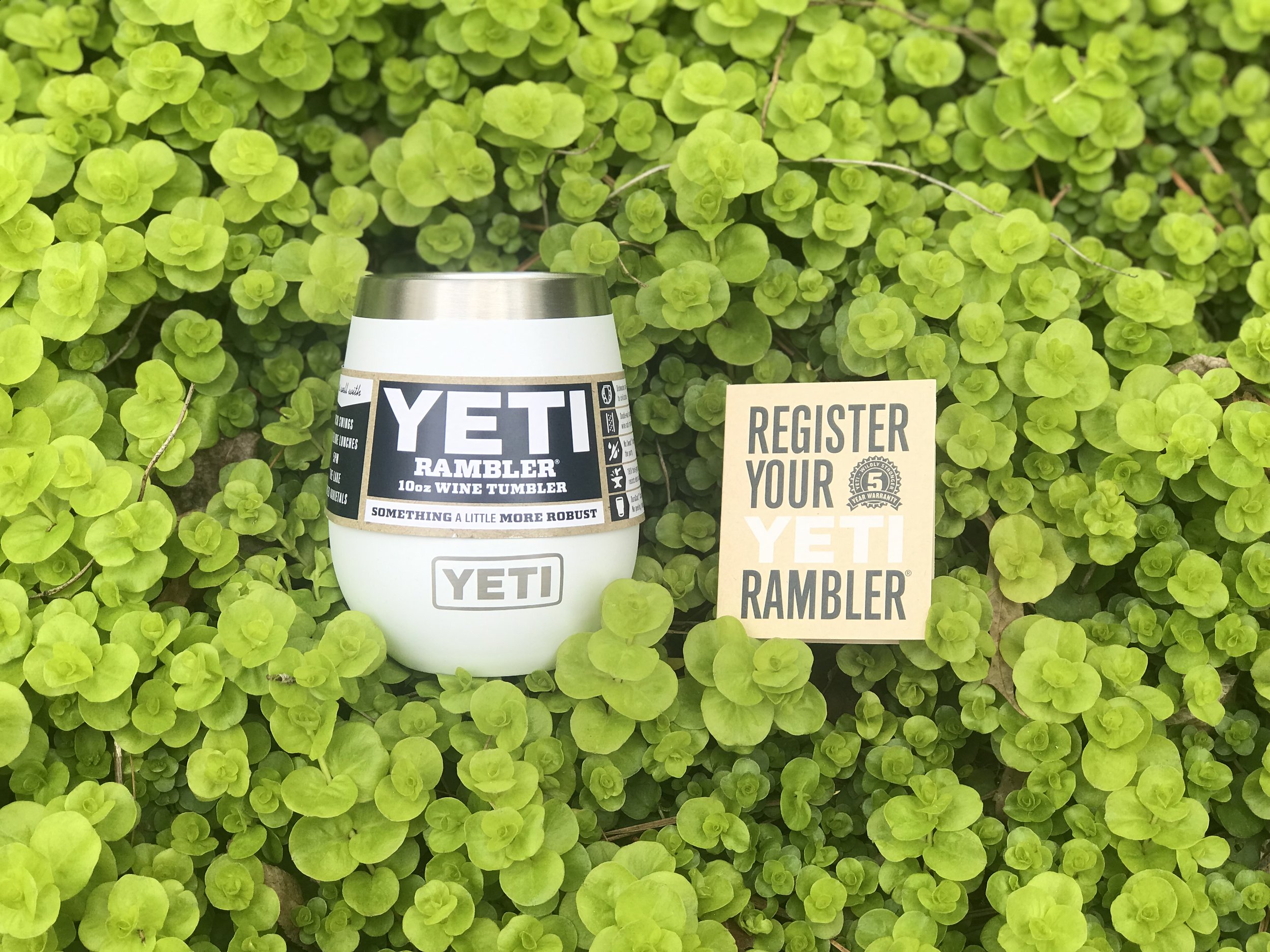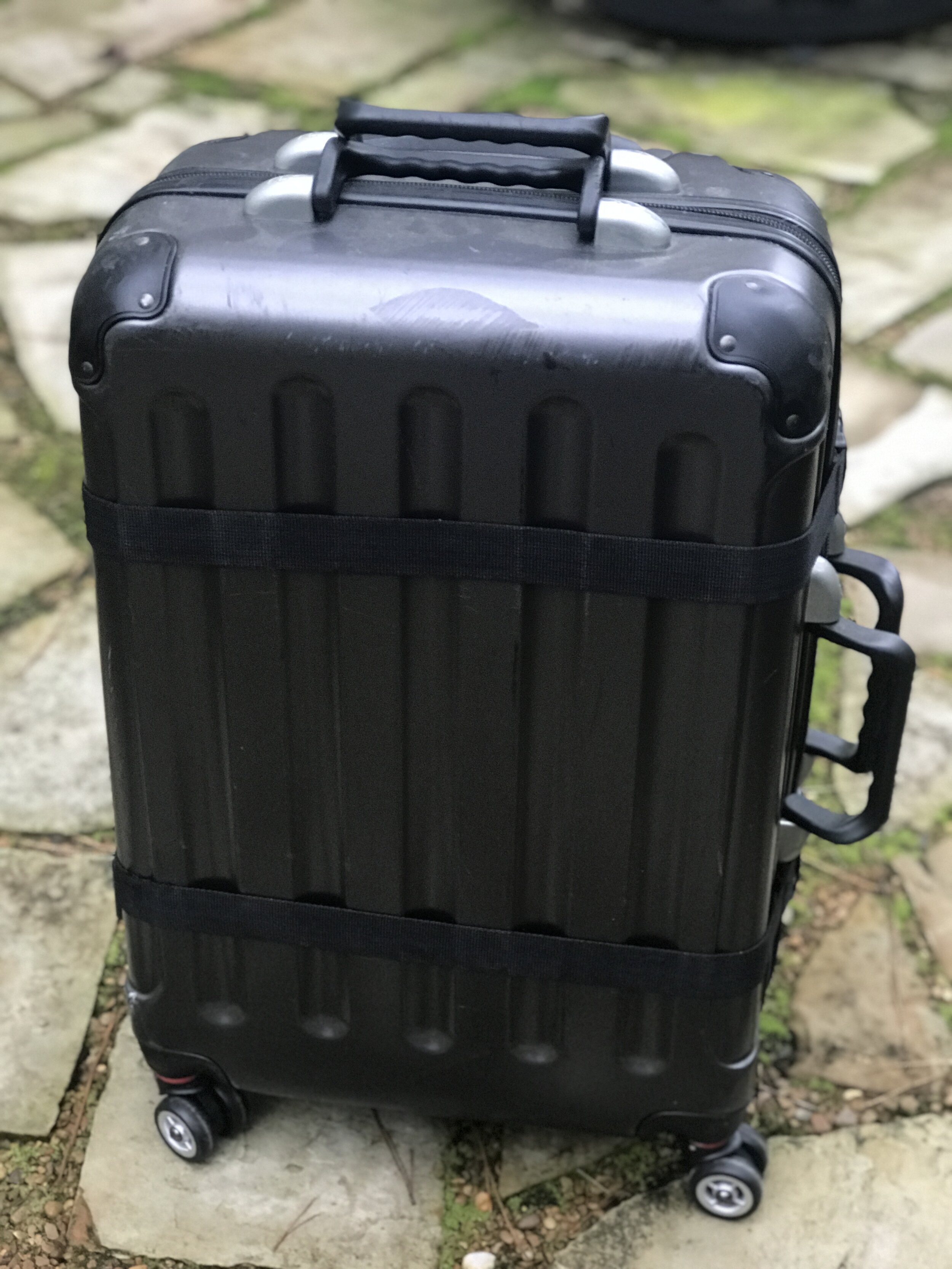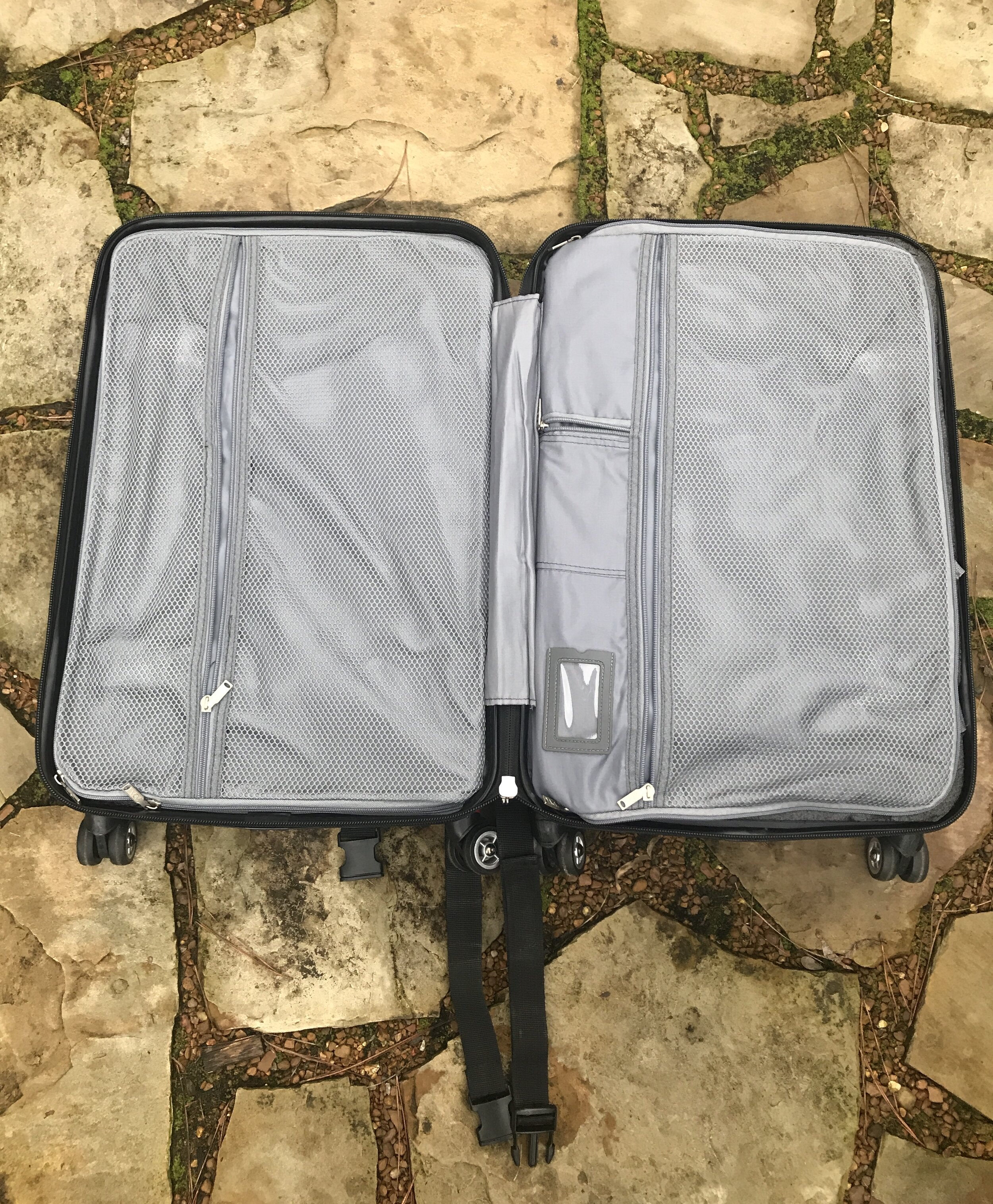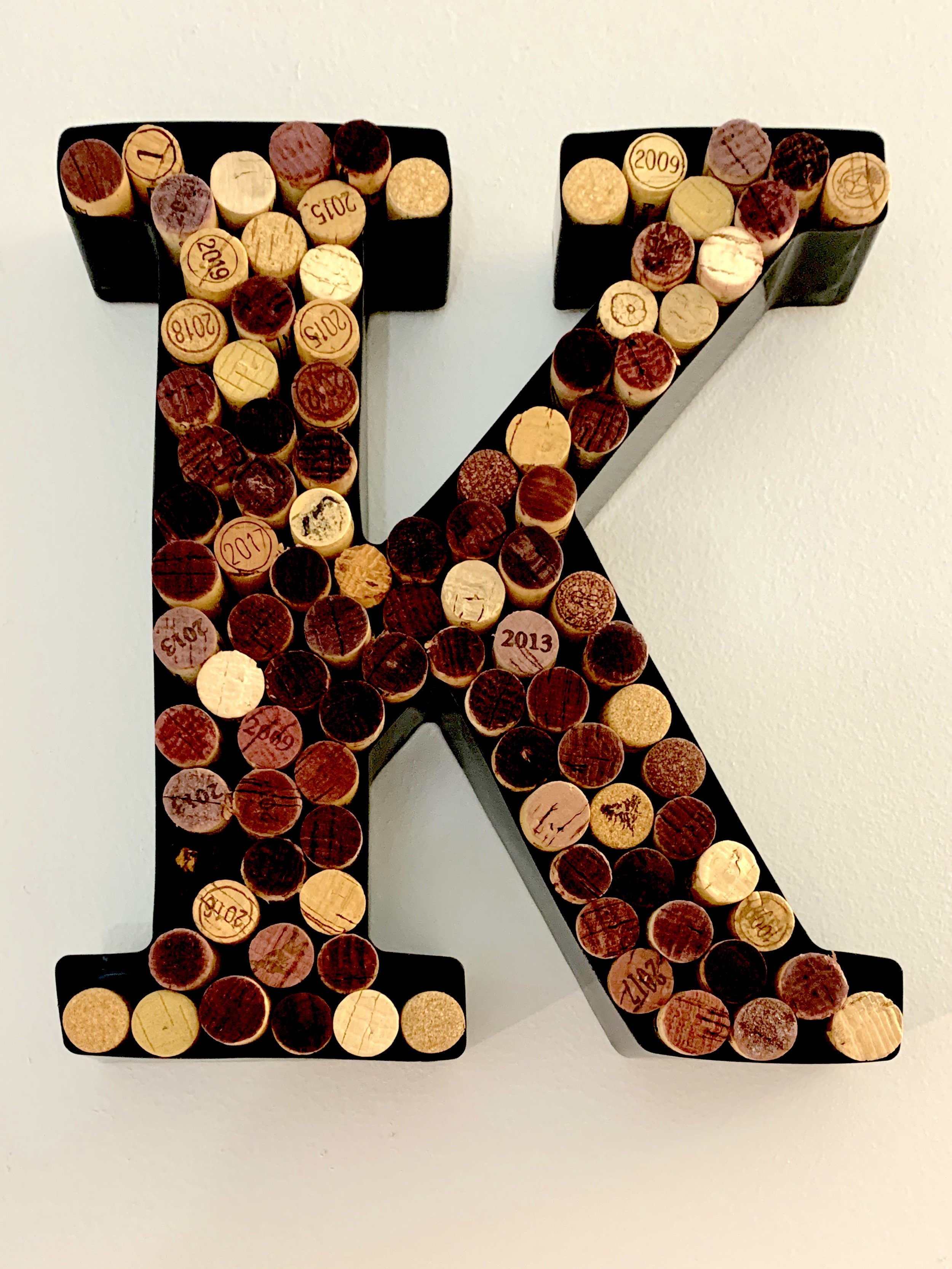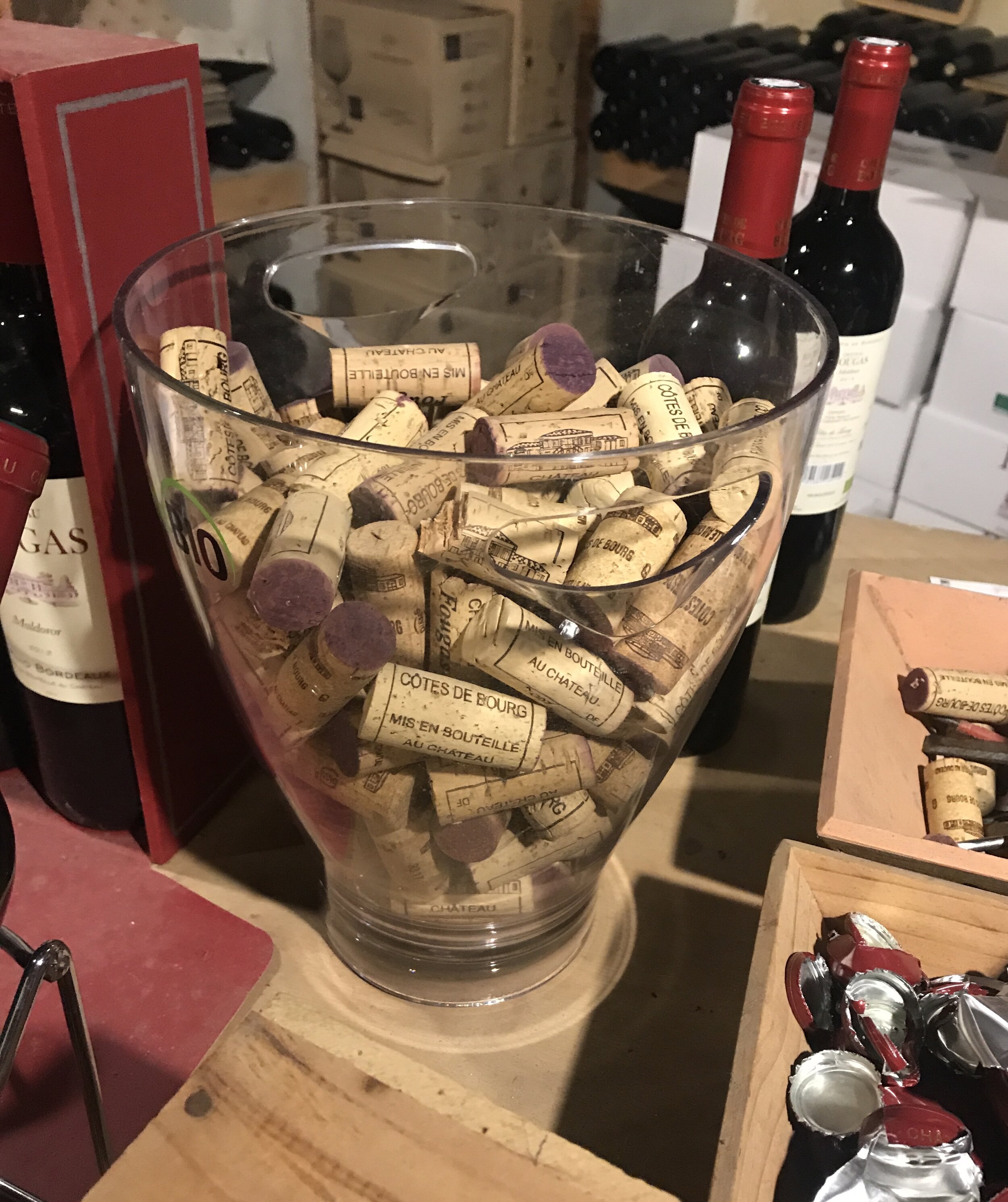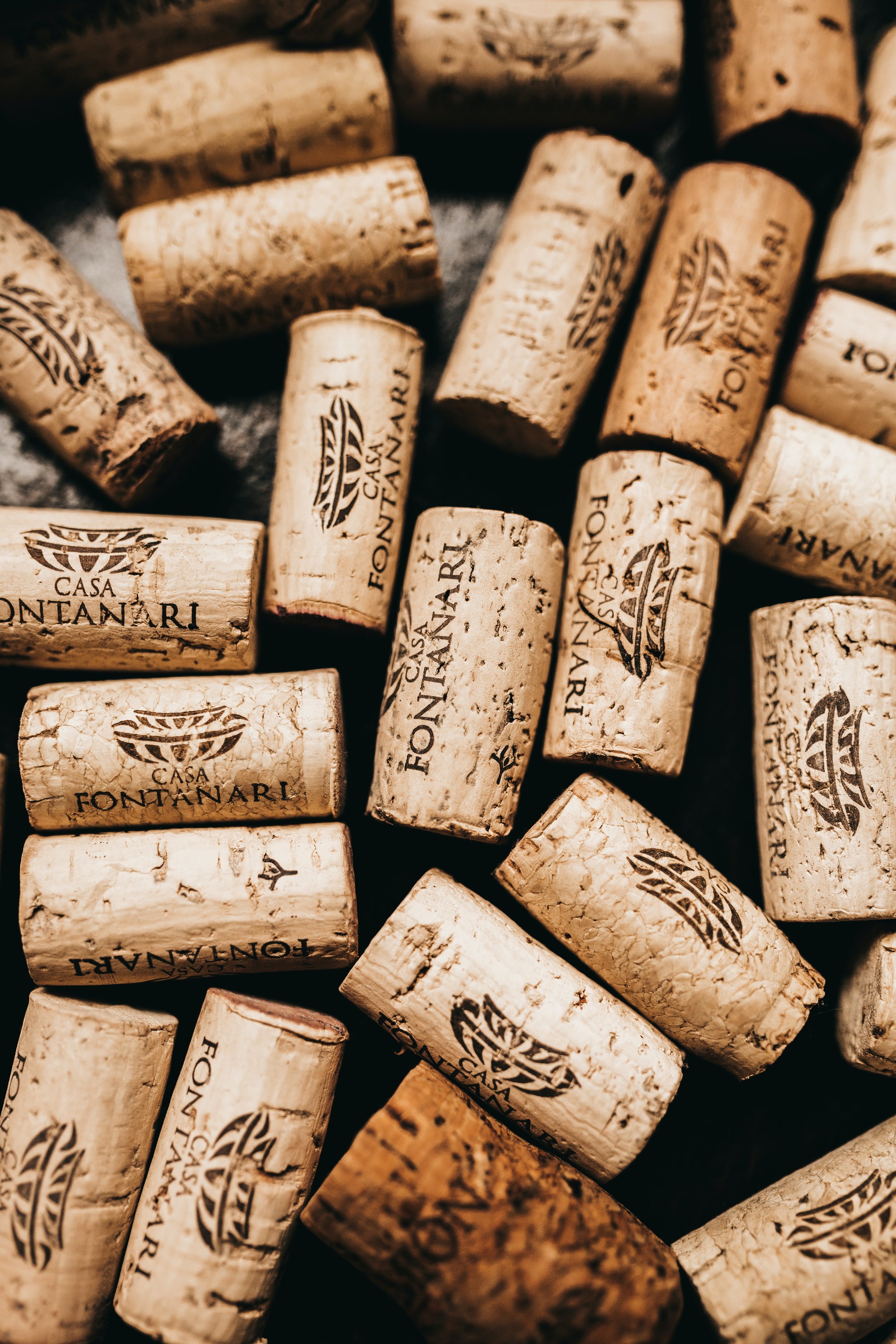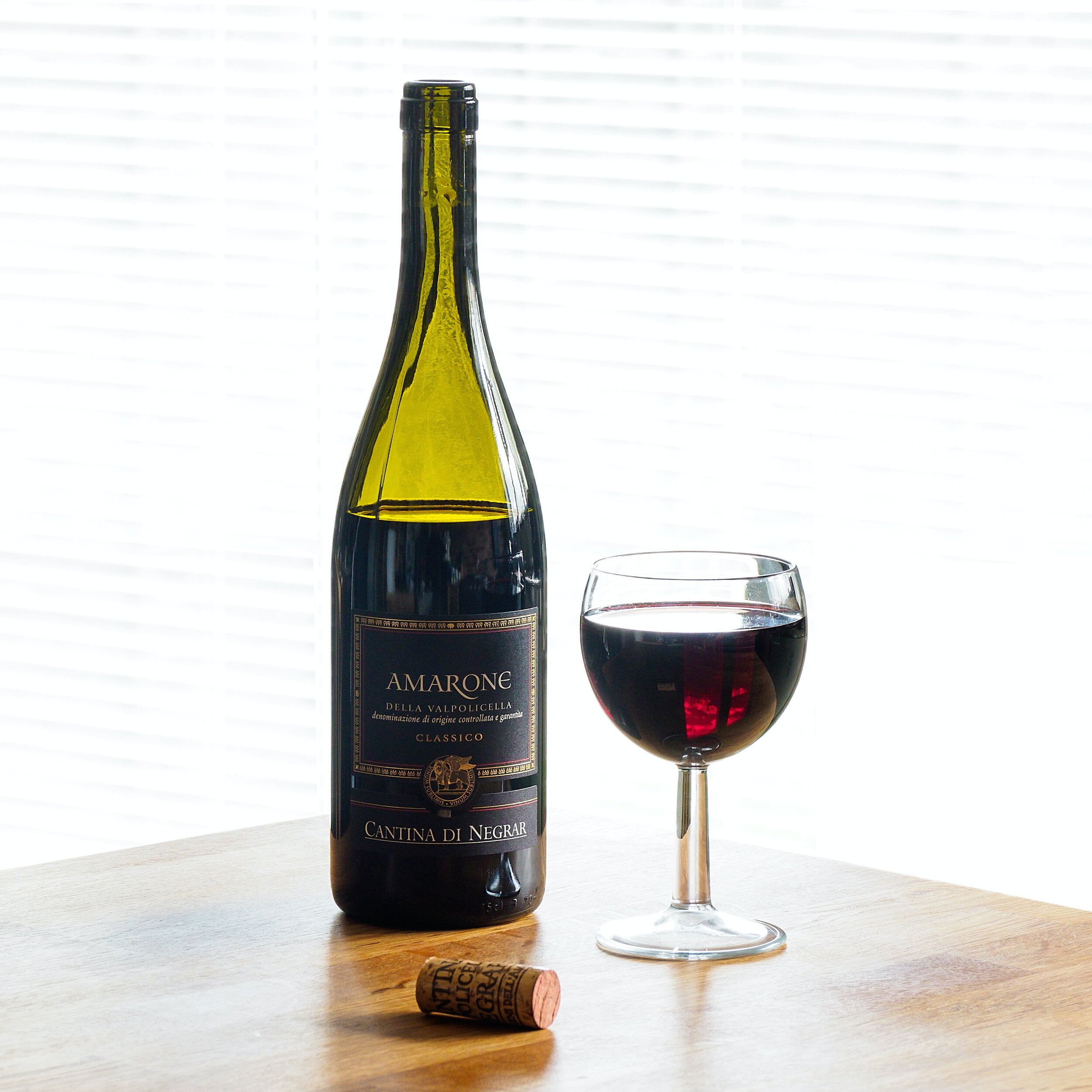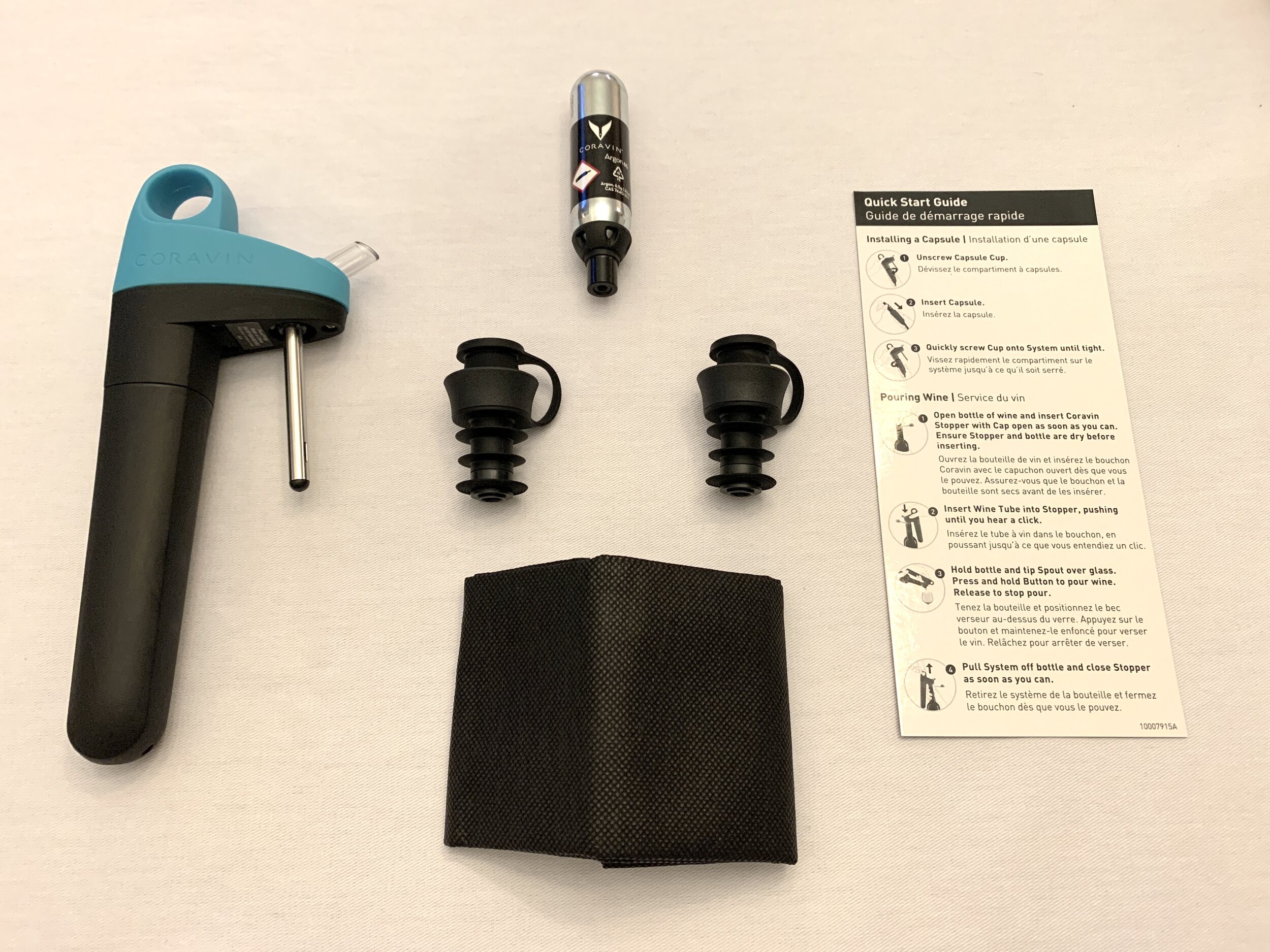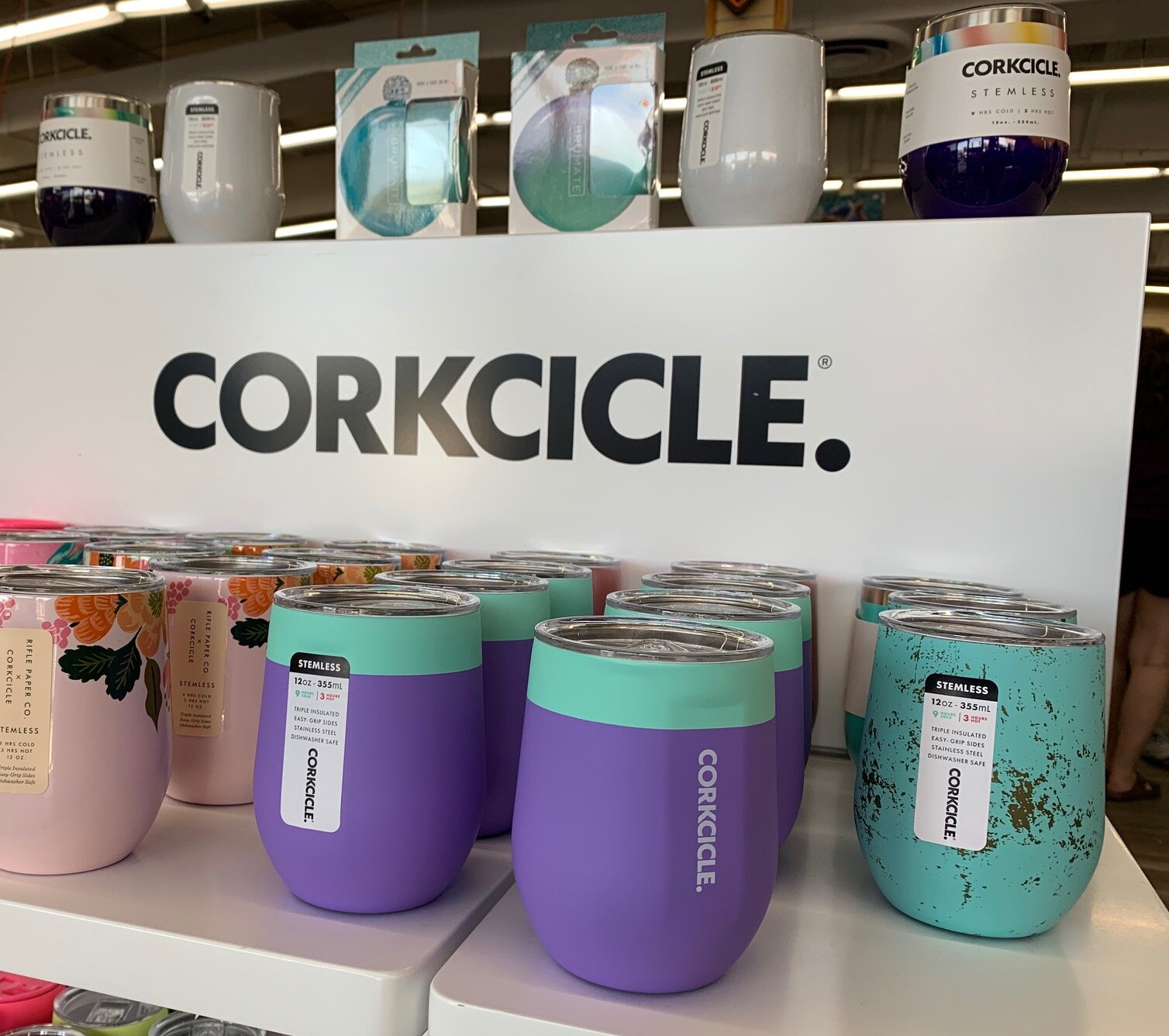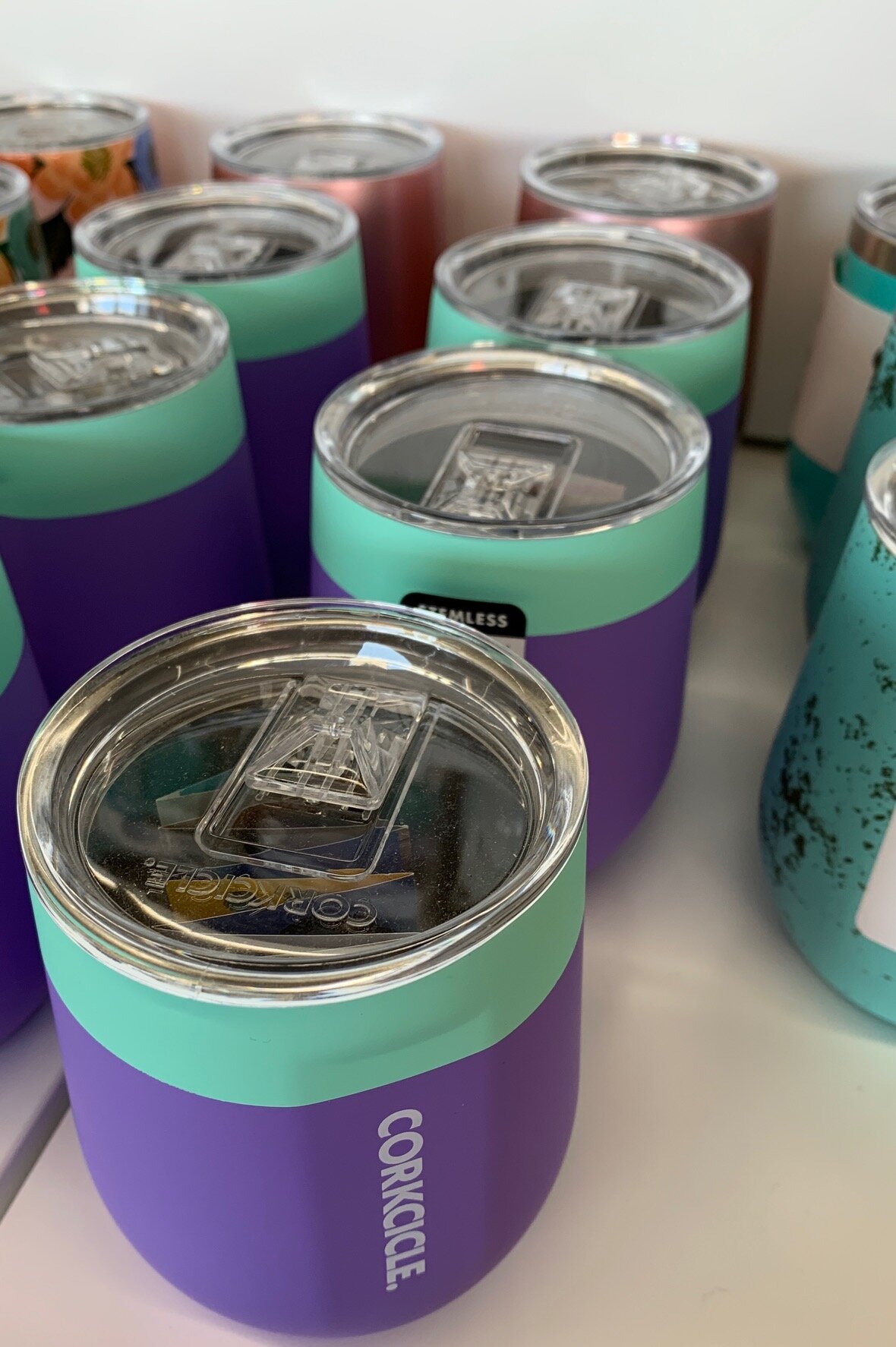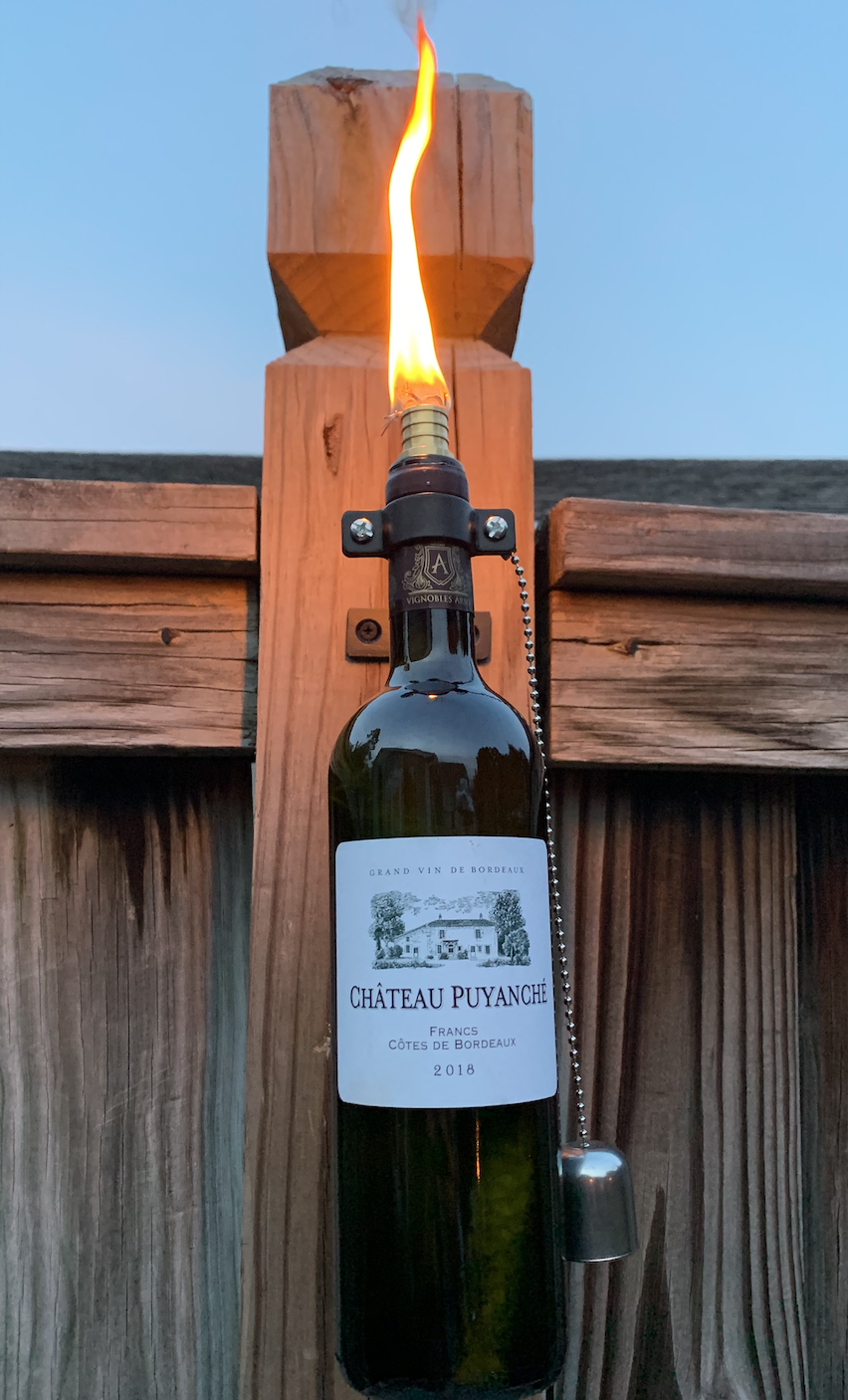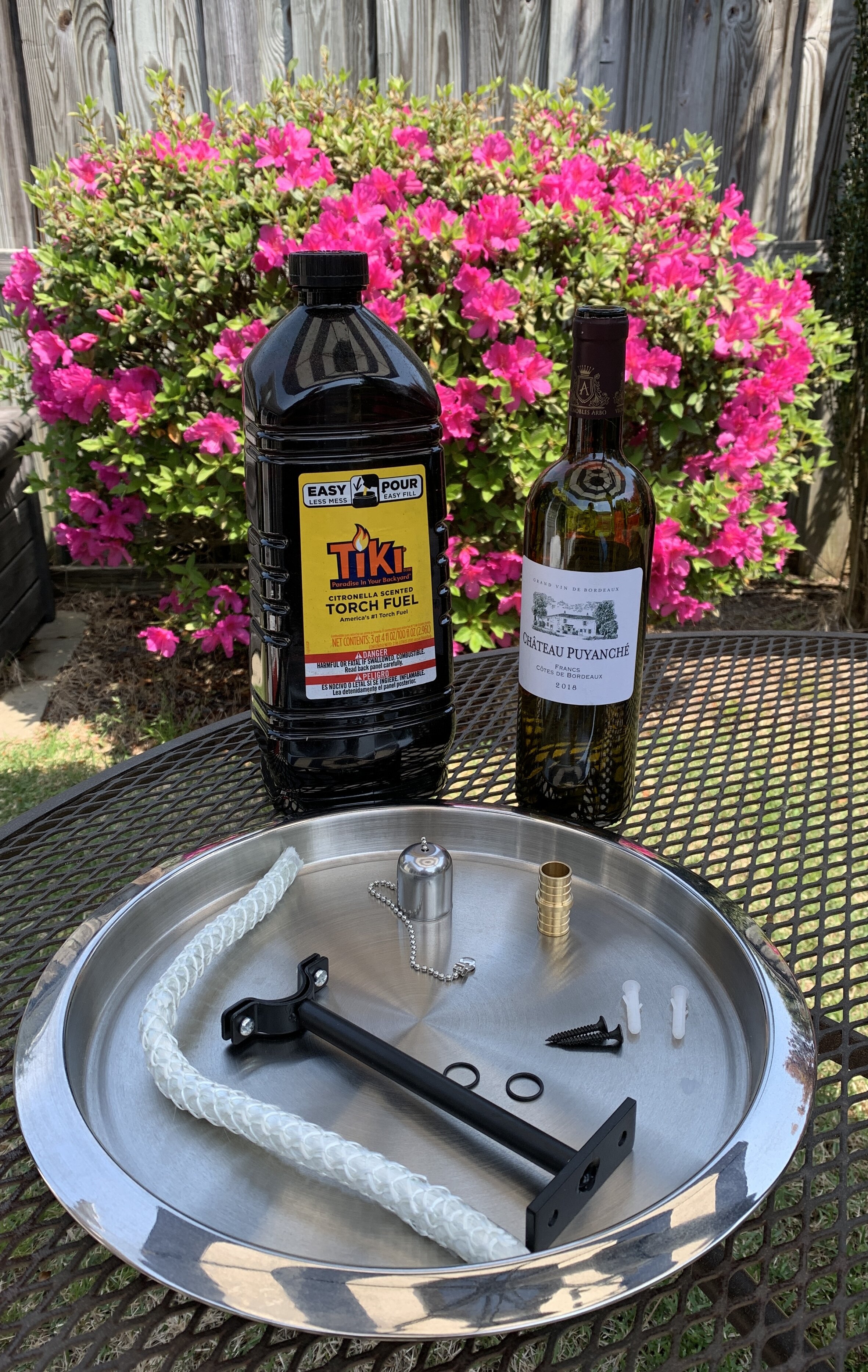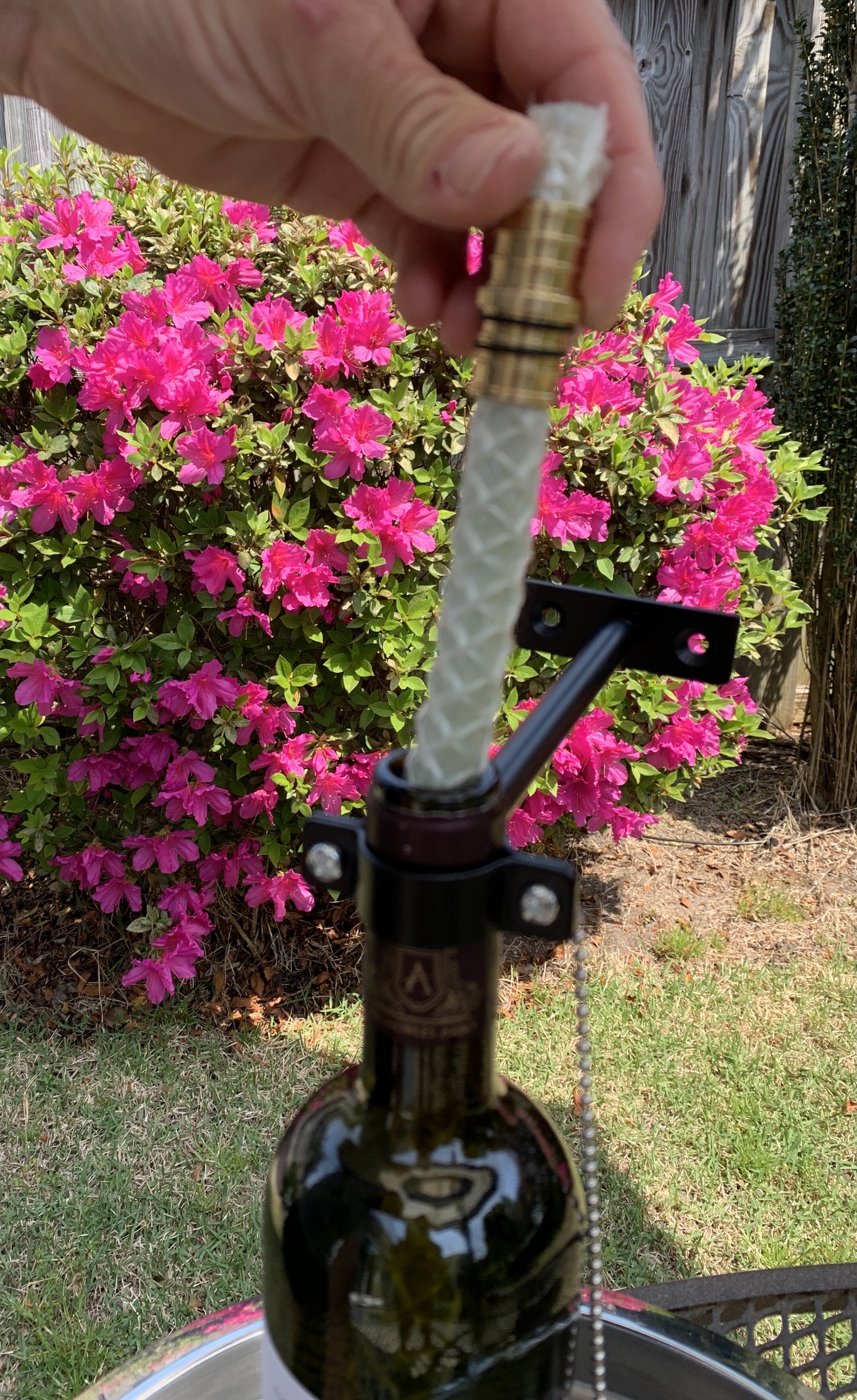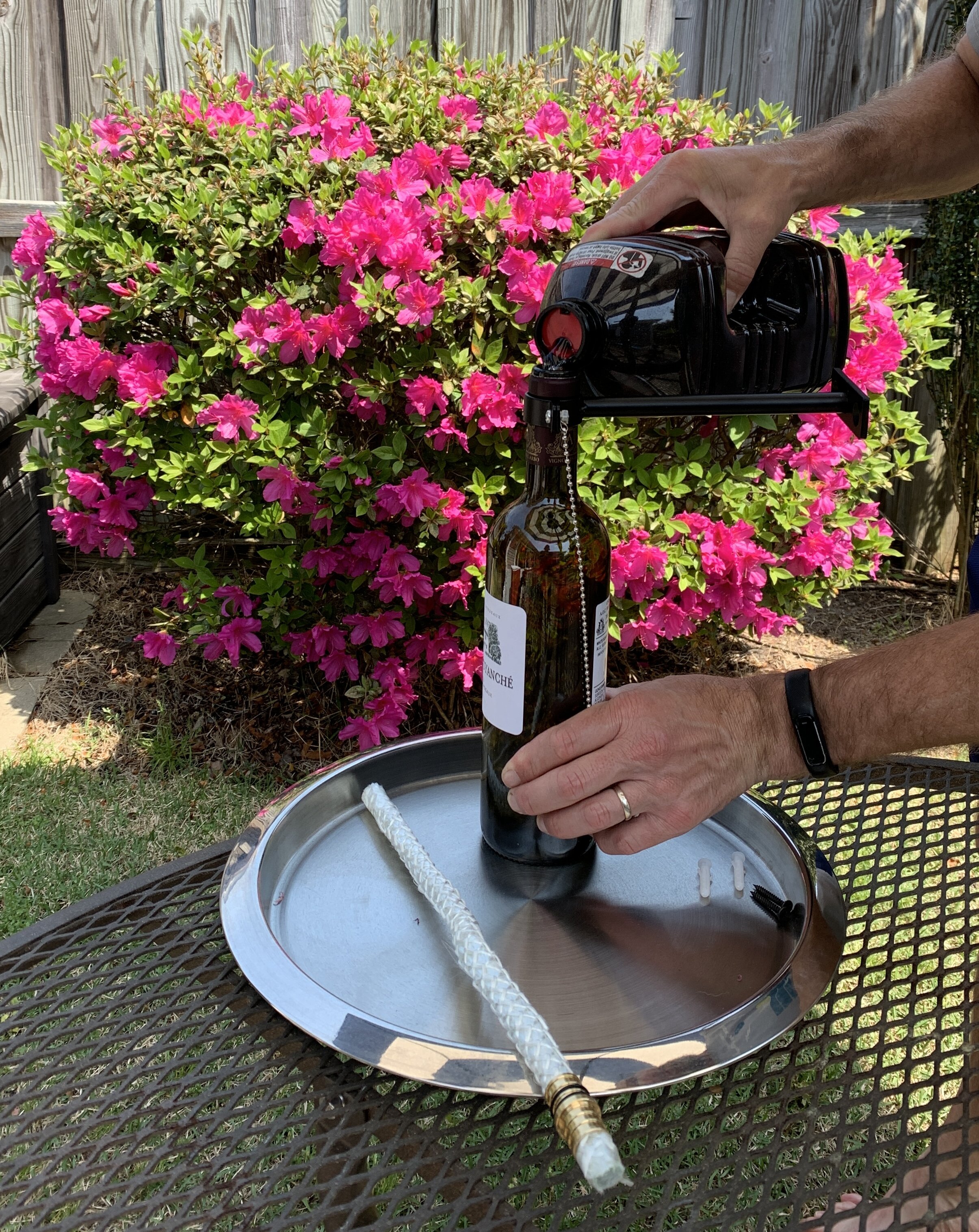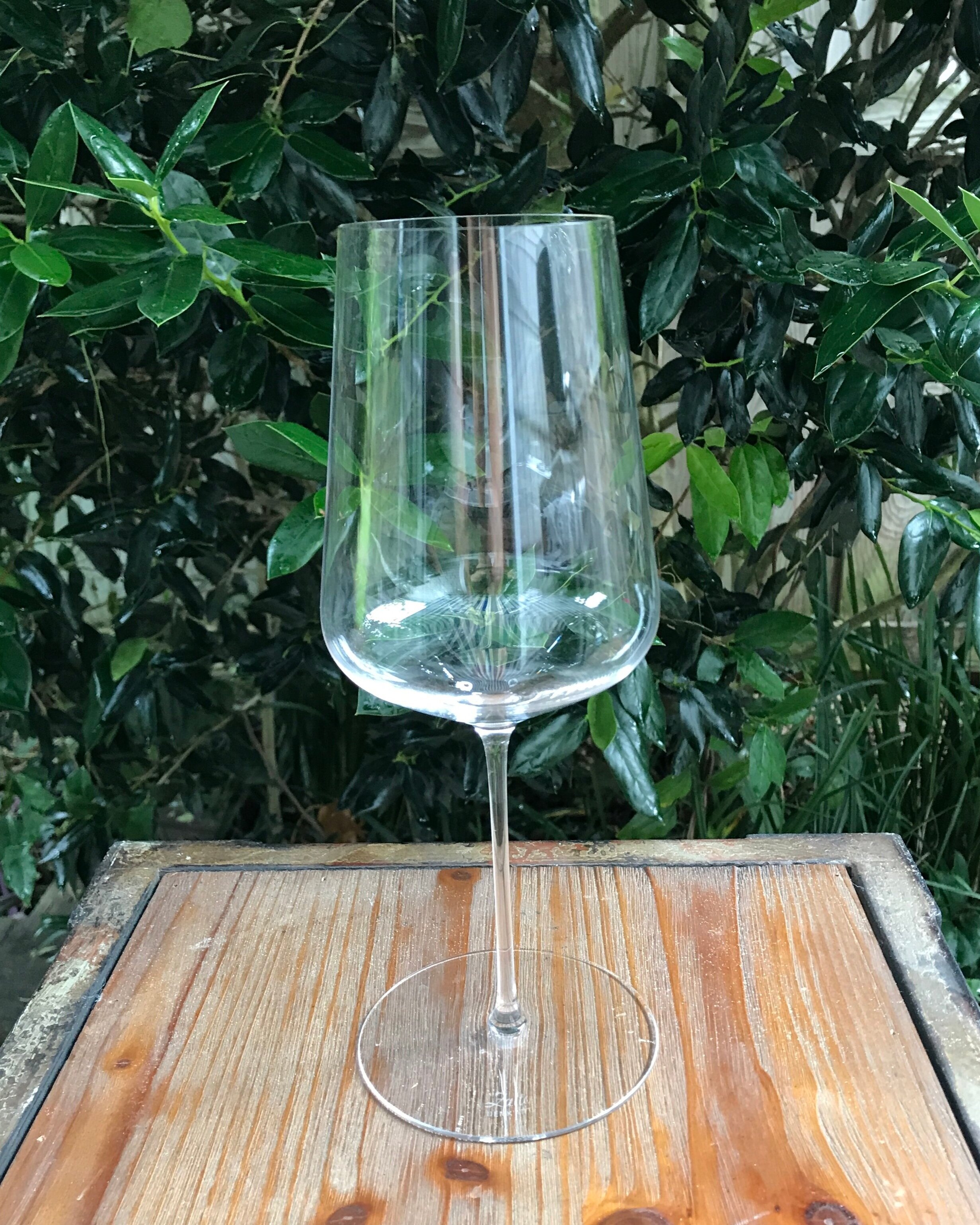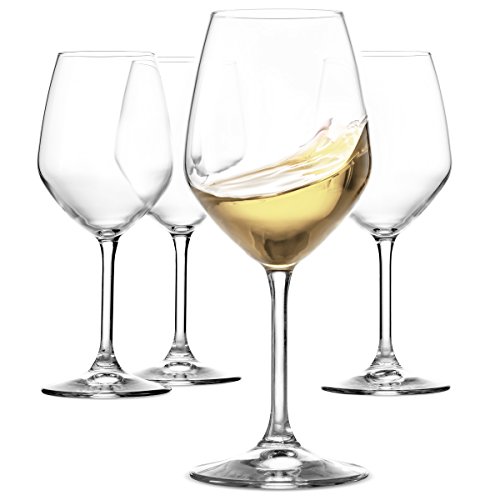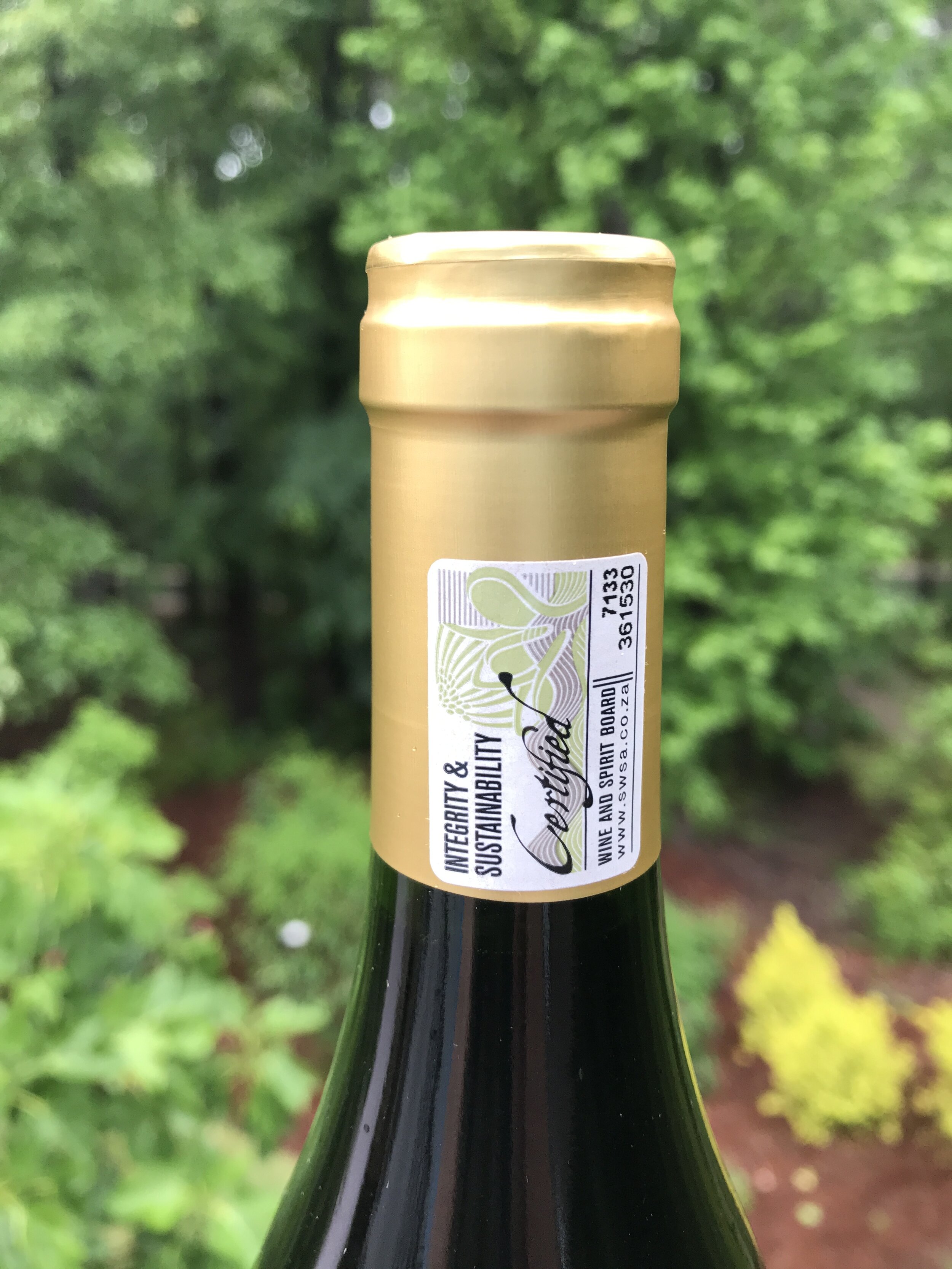Want to store (and cool) wine in a compact space like an RV, a boat or yacht, or in a small apartment or condo? Wine refrigerators come in many different sizes, including large wine maturation cabinets, under counter coolers for entertaining, or stand-alone wine refrigerators. And, lucky for you, some of these refrigerators are quite compact.
As avid boating enthusiasts and road trippers dreaming of renovating an old RV for future travels, KnowWines explored compact wine refrigerators as well as solutions for keeping them closed when in transit. We share all our best recommendations and tips in today’s blog!
Before we continue with our recommendations for the best small wine refrigerators, though, a little about the KnowWines blog. We are an Amazon.com affiliate and we do receive a small commission if you purchase items through our affiliate links at no cost to you. The commissions we receive help us pay for web hosting fees, our podcast, products to test, and other costs associated with running this site. Thanks for using our affiliate links and supporting our independent blog!
Introducing Compact Wine Coolers
Why select a compact wine cooler?
Compact wine refrigerators were designed to fit in small spaces, to keep just a few of your favorite wines on for a short journey - say a weekend or even a couple of weeks (time flies when you’re having fun!).
In our past blog on the best wine refrigerators for wine lovers and podcast episode on wine cabinets, we really go into detail about what to look for in a wine refrigerator regardless of size, explaining the impacts of light, temperature, humidity, and vibration. When purchasing a larger wine refrigerator, however, you are typically purchasing one for your home, not travel.
Compact wine coolers for traveling in boats or RVs come in a broad range of capacities, widths, price points, and construction types. As in most competitive retail spaces, you pretty much get what you pay for.
At the lower end, you’re likely to get a noisier unit. Cheaper units also may not have the flexibility to install as a built-in or to rotate the door for a choice of left or right opening (this can be important in small spaces). Cheaper units also come with cheaper packing material. You might also sacrifice some temperature control.
At the higher price point, you pay for a higher quality compressor and some aesthetic design elements like wood shelves. You’re also more likely to get an after-sales service number and someone you can contact if any issues arise or if you need a part.
What Are Typical Small Wine Cooler Bottle Capacities?
Small wine refrigerators come in eight, 16, 18, 24, 28, and 32 bottle capacities. However, these are just general guidelines. In communicating these capacities, manufacturers are typically referring to Bordeaux-style bottles.
What Are Typical Small Wine Cooler Dimensions?
Unless designed to be free-standing, most small wine coolers are designed to fit inside a standard base cabinet of 15”.
How to Choose A Small Wine Refrigerator
Chances are you won’t need a compact wine refrigerator to age a collection of fine wines over a course of years. You are likely looking for a unit that will store wines at about 55 degrees F for a period of weeks or months. Unlike larger maturation coolers, some slightly different criteria come into play.
Design for Holding Wine Bottles
While this might sound like a no-brainer, we do see a lot of ads for wine refrigerators which are simply dorm-sized refrigerators with wire racks. These units are not designed for maintaining the correct humidity or for holding wines steady in a moving RV or yacht. Even in a small condo or apartment, this style of refrigerator is undesirable for wine storage as bottles will roll around within the unit.
Noise
For smaller refrigerators in more confined spaces, noise can become an issue, especially at the low-end price range. We love wine refrigerators with compressors as they typically last longer than thermoelectric units, reducing the need for replacing the unit frequently. Compressor units typically last 8-10 years and can last longer if you don’t mind replacing a part here or there as the unit ages. In our reviews, we pay special attention to the quality of the compressor and the noise it generates (as experienced by customer ratings).
Dual Temperature or Single Temperature?
We love to keep our electronics simple and as low maintenance as possible. If you’ve ever owned a three-function printer, the joke is “which function will break first.” We recommend a single temperature unit, and keeping the single zone set for 55 degrees F.
Built-In or Free-Standing Compact Wine Refrigerator?
If you plan to install a wine refrigeration unit in an RV or boat where the unit will be placed into some sort of cabinet that is designed to vent out front, be sure to read the fine print. Otherwise, the construction materials behind the refrigerator could get too hot and ignite, potentially starting a fire in your small space.
Do I Need a Warranty?
From our over ten years experience in owning various wine refrigerators, we’ve noticed that if you are going to have a problem with your unit it is going to likely be when the unit is fairly new. These coolers can get damaged during transit or installation. We recommend purchasing a small wine refrigerator with a premium credit card that extends the manufacturer’s warranty. For these smaller units, we typically don’t purchase a separate small appliance warranty.
Also, don’t install these or any wine refrigerators next to an oven. Small wine refrigerators tend to have fairly thin side-walls as compared to a conventional refrigerator, allowing oven heat to penetrate and damage the wine or refrigerator.
Our Favorite Compact Wine Refrigerators
Best 12” Wine Cooler
We like the Kalmera 12” wine cooler for its small size, low noise compressor, and aesthetics.
If you have an existing space utilized by an old trash compactor that you want to remove, this 12” wine cooler might be good for that. This could also be a good compact wine refrigerator for installing in an RV.
Features we like are the easy-to-use buttons, double-layer glass for UV protection, and a carbon filter to reduce odors. If your power happens to go out, when the unit restarts it will go back to the temperature you set it at.
We also like the sliding wood racks that hold up to 18 Bordeaux bottles. The top shelf of the unit is 4” high, so it can accommodate larger bottles like super-premium Chardonnay from Napa or many of the odd rosé bottle sizes from Provence or the Rhone.
The blue lights in the unit can be turned off if you find that they are too strong.
The door handle can be removed as well!
Best 15” Wine Cooler
If you have 15” opening to work with, this 30-bottle wine chiller by Colzer might work for you.
This unit has oak shelves and the shelf spacing is 3.5 inches, so it should accommodate champagne easily.
Take note that some wider-based rose wines and super-premium wide-bottom wine bottles might not fit. Check the diameter of your wine bottles before purchasing this or any compact wine refrigerator.
Best Thermoelectric Countertop Wine Cooler
If you don’t have a 12” or 15” space under your kitchen counter, then you may be interested in this countertop wine cooler.
With a very small footprint (12. 3"(L) x 22. 6"(W) x 19. 2"(H)), it holds eight bottles of wine on chrome racks.
The thermoelectric cooling system makes for a fairly quiet unit, and the interior light is soft interior light is not distracting. If you have the countertop space, this could be an attractive addition to your kitchen.
Adjustable feet help this to fit more snugly beneath cabinets and shelves.
Best Cheap Small Wine Refrigerator
On a budget? Go for this Schmecke 12-Bottle Compressor Wine Cooler Refrigerator. This unit may be too noisy in a closed in space like a boat or RV, but if you are looking for a unit to place in a bonus room or other space you are not reading or sleeping in, this is a less expensive option. This may also be an affordable wine refrigerator for a hair or nail salon.
How to Secure Your Wine Cabinet Door in an RV or Boat
If your small space wine cabinet install is going to be inside a larger moving home like and RV, boat, or (lucky you!) a yacht, then you will want to consider adding additional measures to ensure that the door does not come flying open on rough seas or when rounding a mountain bend.
One of the most attractive and robust systems we have found is this door locking system by Guardianite.
We like how it attaches with the easy to remove the sticker, exposing the 3M adhesive.
RV and boating enthusiasts will like how the latch falls away and does not get in the way.
In Conclusion
When looking for a small wine refrigerator for an RV, boat, condo, or apartment, there are a few great 12”, 15” and countertop units out there on the market. For under-counter mounting, we recommend a wine cooler with a compressor.
Ideally, the unit has a wooden shelf or bottle-shaped holders to keep wine steady, especially if you are taking wine on the road or on a yacht.
If you are taking wine on the road (or open seas) with you, remember that extreme vibration may accelerate the wine aging process. Hence we don’t recommend multi-year storage of wines in a small wine refrigerator. Instead, keep wines for aging back at home in a large stand-alone wine cabinet, an under-counter wine cabinet or at a storage unit specifically designed for storing wine.
Happy travels!

